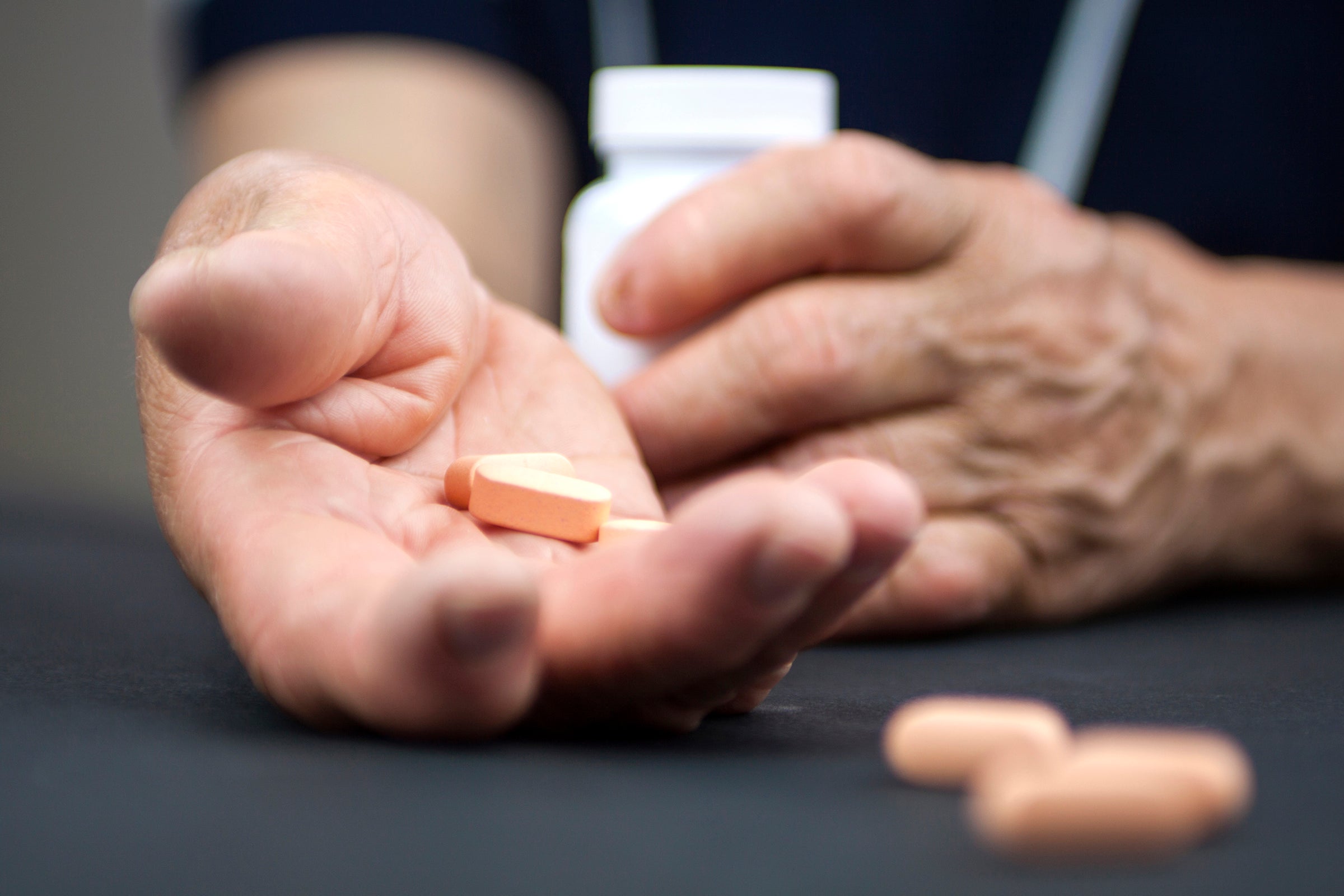
Tofacitinib is primarily metabolized by cytochrome P450 (CYP) 3A4, with a minor contribution from CYP2C19. Maximum effect of the lipid increase was generally seen within 6 weeks of initiating tofacitinib therapy. Increases in lipid parameters such as total cholesterol, low-density lipoprotein, high-density lipoprotein, and triglycerides were also observed in clinical trials. The most common side effects reported with tofacitinib in the first 3 months of clinical trials included diarrhea, nasopharyngitis, upper respiratory tract infection, headache, and hypertension. Tofacitinib should be used with caution in patients at risk for gastrointestinal (GI) perforations, such as patients with a history of diverticulitis, as GI perforations were reported in clinical trials. Lymphoma and other malignancies have been reported in patients taking tofacitinib. Patients should be screened for latent tuberculosis prior to starting therapy and tofacitinib therapy should be interrupted if a serious infection develops while taking the drug. The tofacitinib prescribing information contains a boxed warning discussing the risk of serious infections and malignancy. 2 Despite being studied in the pivotal clinical trials, a dose of 10 mg twice daily did not obtain approval by the FDA. Tofacitinib-treated patients also experienced greater improvements in physical functioning as measured by the Health Assessment QuestionnaireDisability Index and were more likely to achieve a low level of disease activity as measured by the Disease Activity Score DAS28-4(ESR). In the 12-month trial, response rates in patients treated with tofacitinib were consistent at 6 and 12 months. Specifically, more patients treated with tofacitinib achieved ACR20, ACR50, and ACR70 response rates at 3 and 6 months, regardless of background disease-modifying antirheumatic drug treatment. In all of the phase 3 clinical trials, patients treated with tofacitinib had a greater improvement in their RA symptoms versus patients receiving placebo.
#Xeljanz hemoglobin and hematocrit levels trial
One of the tofacitinib trials had not been completed at the time of approval and was designed as a 2-year trial with scheduled analysis at 1 year. Tofacitinib received approval at a dose of 5 mg twice daily with or without food based on the results of 2 doseranging trials and 5 confirmatory trials, which ranged from 6 to 24 months in duration and evaluated both tofacitinib therapy alone and tofacitinib therapy in combination with methotrexate.

Slowing the immune response is crucial to preventing the inflammation that occurs with RA. As a JAK inhibitor, tofacitinib specifically acts to prevent the phosphorylation and activation of signal transducers and assists in downregulating the immune response. JAK-dependent cytokines have been implicated in various anti-inflammatory and autoimmune diseases. JAKs are intracellular enzymes that transmit signals resulting from the binding of extracelluar cytokines or growth factors to cell membrane receptors. Tofacitinib is an orally administered Janus kinase (JAK) inhibitor, the first of its kind to be approved for RA. The treatment of rheumatoid arthritis (RA) entered a new era on November 6, 2012, when the FDA approved tofacitinib (Xeljanz, Pfizer) for the treatment of adult patients with moderately to severely active RA who cannot tolerate or did not respond adequately to methotrexate. The approval of tofacitinib (Xeljanz) brings a new therapy to the market that could have a big impact on the rheumatoid arthritis treatment paradigm.


 0 kommentar(er)
0 kommentar(er)
